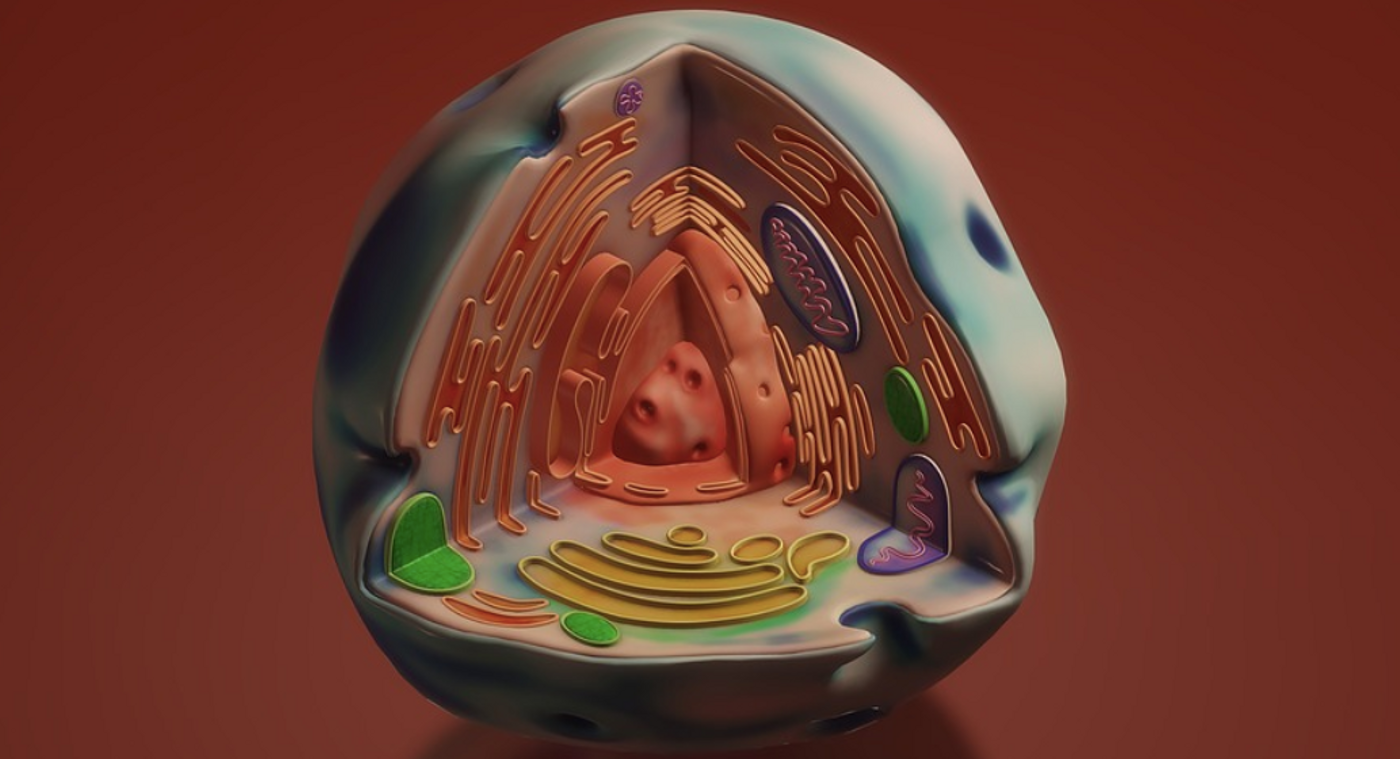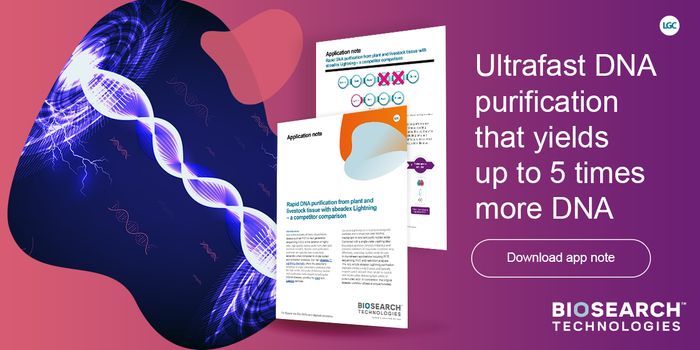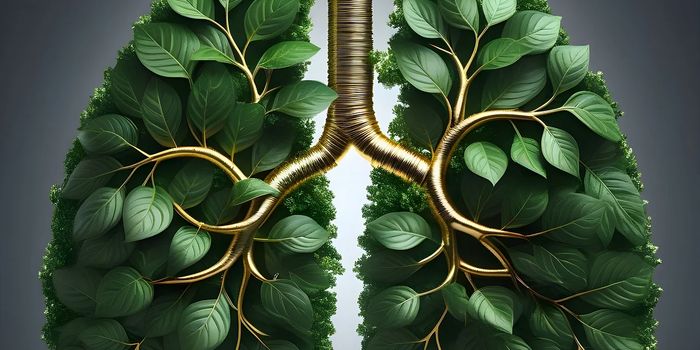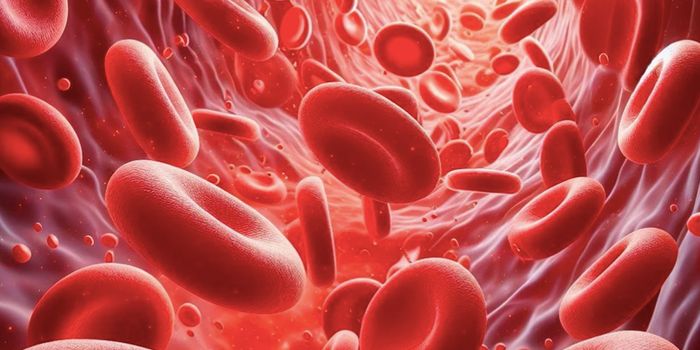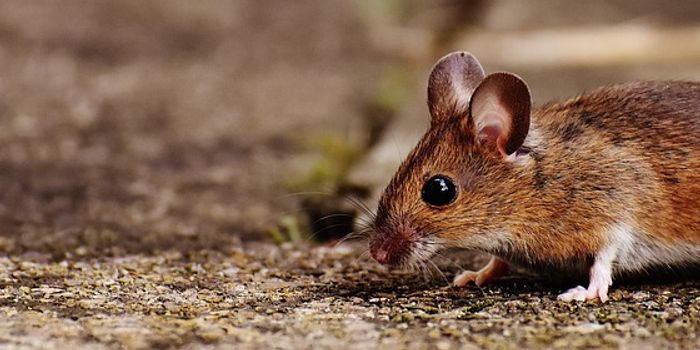Apoptosis - A Process With 1.8 Billion-Year-Old Origins
Sometimes, a cell just has to die; this might be because it becomes dysfunctional, worn out, or malignant. Other times, cells simply fulfill their purpose and are no longer needed. Apoptosis is a process in which cells undergo programmed death, and it's crucial to the development and growth of complex organisms. Forms of this process have also been documented in single-celled eukaryotes like yeast. Scientists have long wondered about the origins of this process. New research has found that the apoptosis may be as many as 1.8 billion years old. The findings have been reported in Genome Biology and Evolution.
Mitochondria are power-generating organelles that are thought to have originated when a bacterial organisms took up residence in another cell. Mitochondria can use a process that involves apoptosis-inducing factors (AIFs) and trigger a pathway that leads to cell death. AIFs are thought to have originated in mitochondria, or bacteria, long ago.
In this study, the researchers used a yeast model in which the genes related to apoptosis were replaced with other, similar genes (and the proteins they encode) from a variety of eukaryotes and prokaryotes. Apoptosis was then induced in this newly engineered yeast. This showed that the related proteins, even though they were very diverse, were able to substitute for the four lost yeast apoptosis proteins.
"This surprising finding suggests that ancient mechanisms of cell death have been evolutionarily conserved since the domestication of mitochondria," said study leaders Szymon Kaczanowski and Urszula Zielenkiewicz, both of the Institute of Biochemistry and Biophysics PAS.
The endosymbiotic theory of mitochondria has suggested that this symbiosis event happened around 1.8 billion years ago, a theory that is supported by this study.
The bacteria that mitochondria come from might have generated toxins and antitoxins, which acted as apoptotic factors and antitoxins, suggested Kroemer. Antitoxins may have ensured that the endosymbiont persisted, and as endosymbionts and their hosts evolved, toxins eventually became apoptotic factors.
In another theory of apoptosis, Kaczanowski and Zielenkiewicz suggested that ancient protoeukaryotes were predators that targeted bacteria. Those bacterial targets might have generated toxins to defend themselves. The bacteria may have eventually been harnessed inside to the cell to serve as mitochondria within what became eukaryotes. Since there are different AIF families that are sporadically distributed around various eukaryotes, multiple redundant toxins could have existed and evolved from protomitochondria. They also suggested that there was a coevolutionary arms race between protomitochondria and the protoeukaryotes that hosted them.
Apoptosis could come from endosymbiont toxins and antitoxins, or it could come from a predator and prey relationship, but either way, an intricate balance has to be struck between life and death in eukaryotic cells. It seems that this balance is closely related to mitochondria's origins.
"Future studies may reveal the evolutionary history of other aging mechanisms and could make a significant contribution to aging studies," added Kaczanowski and Zielenkiewicz.
Sources: Society for Molecular Biology and Evolution, Genome Biology and Evolution
